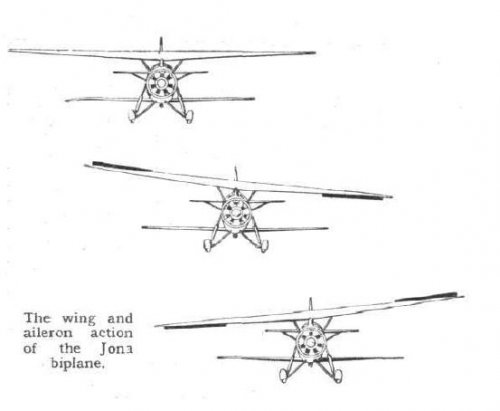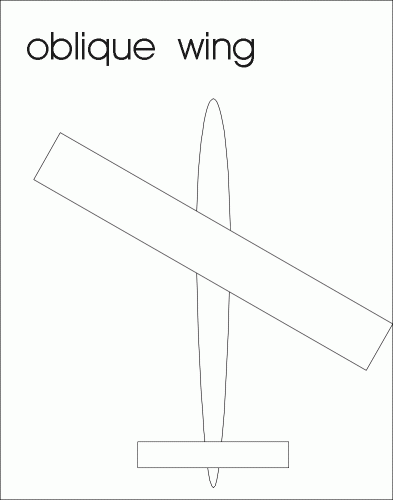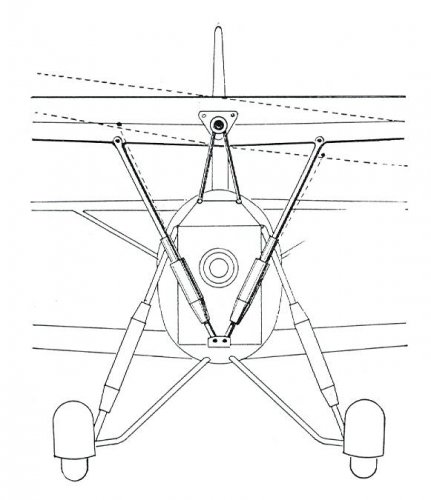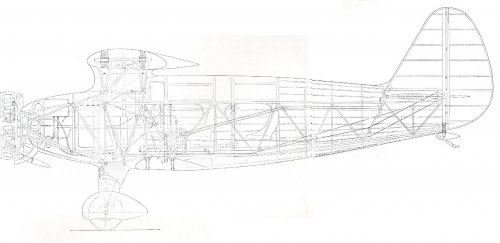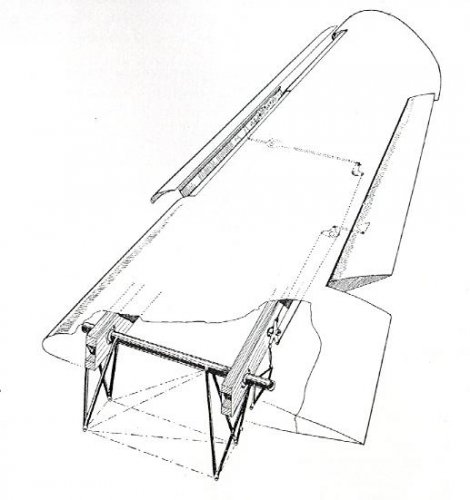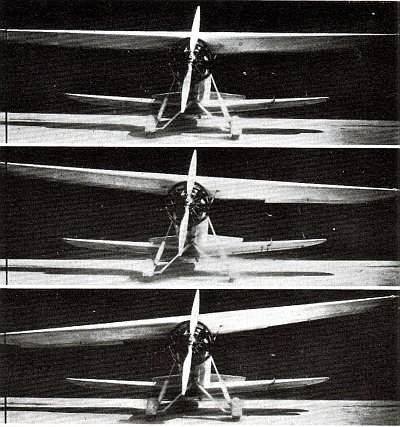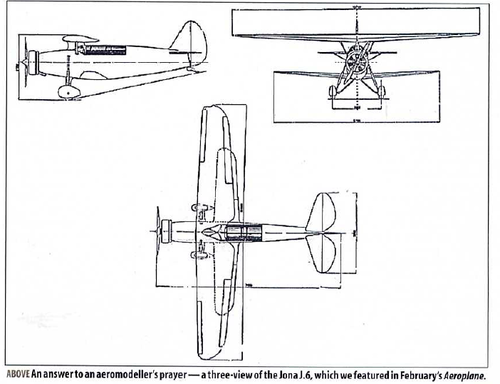It is surprising how little is ever new in aeronautics.
Preston A Watson was a Scotsman who built three biplanes in which the upper wing rocked from side to side to provide combined roll and yaw control. Having built a Wright-type machine that sulked on the ground, he built his first rocking-wing biplane in 1909 but it also failed to fly. He had more success with the later ones, though only enough to show that it was a bad idea.
Twenty or so years later the Grice Mosquito appeared. A tandem-wing type somewhat similar to the Flying Flea, it had the Flea's tilting forewing for elevator control but added a rocking rear wing. The only good thing about it was said to be the coffin-shaped fuselage, because it saved you having to bring one out for the pilot when it came down.
Relatively recently, Paul MacCready's man-powered Gossamer Condor and Gossamer Albatross both had canard foreplanes which rocked to provide sideways lift for rudder control, but used wing-warping of the main plane for roll. They each won their respective Kremer prize, so it was a good idea after all, once you realised what it was actually good for.
P.S. On the Blohm & Voss types, their Chief Designer was Richard Vogt and his Head of Preliminary Design, and hence of almost all the P-designated design studies, was Hans Amtmann. Ernst Voss had been a shipbuilder and had left the parent company by the time the aircraft operation was set up; my grandson is his umpitty-great nephew.

